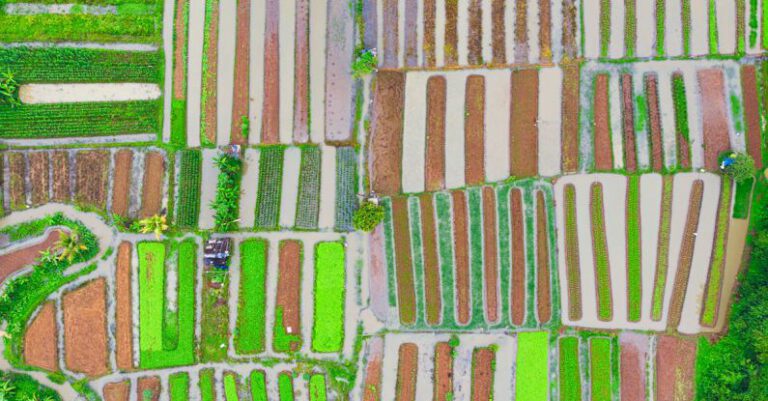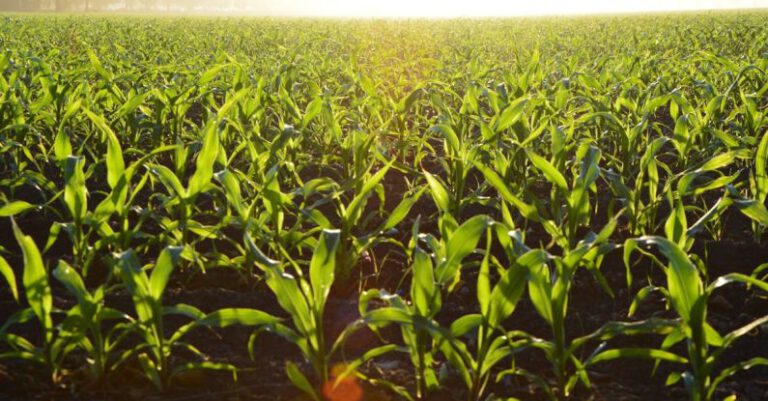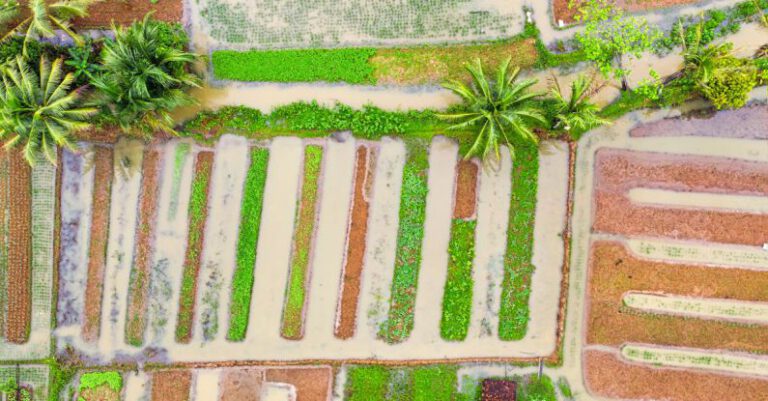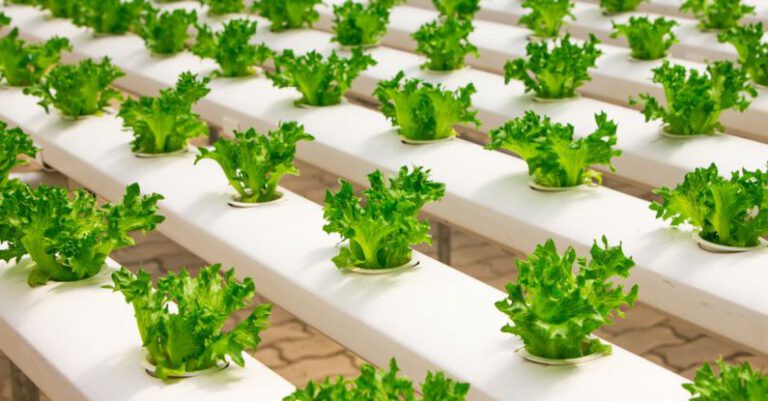Which Technologies Are Advancing Urban Agriculture?
Urban agriculture has been gaining momentum in recent years as a sustainable solution to food production in densely populated cities. With the advancement of technology, urban agriculture is evolving rapidly to meet the growing demand for fresh, locally sourced produce. From vertical farming to aquaponics systems, innovative technologies are shaping the future of urban agriculture. Let’s explore some of the key technologies that are driving this transformation.
**Vertical Farming**:
One of the most significant advancements in urban agriculture is vertical farming. This method involves growing crops in vertically stacked layers, often in controlled environments such as warehouses or high-rise buildings. Vertical farming utilizes techniques such as hydroponics or aeroponics to provide plants with nutrients and water without the need for soil. By optimizing space and resources, vertical farming can produce large quantities of food in a small footprint, making it ideal for urban settings where land is limited.
**Hydroponics**:
Hydroponics is a soilless growing technique that has revolutionized urban agriculture. In hydroponic systems, plants are grown in nutrient-rich water solutions, allowing for precise control over growing conditions. This technology enables plants to grow faster and produce higher yields compared to traditional soil-based farming. Hydroponic systems can be integrated into vertical farms, rooftop gardens, or even indoor spaces, making it a versatile solution for urban agriculture.
**Aquaponics**:
Aquaponics combines aquaculture (fish farming) with hydroponics in a symbiotic system. In an aquaponic setup, fish waste provides nutrients for plants, while the plants filter the water, creating a closed-loop ecosystem. This technology is highly efficient, as it maximizes resource utilization and minimizes waste. Aquaponics systems can be scaled to fit various urban environments, making them a sustainable option for producing both fish and vegetables in cities.
**Internet of Things (IoT)**:
The Internet of Things (IoT) is playing a crucial role in the advancement of urban agriculture. IoT devices such as sensors, actuators, and automated systems are being used to monitor and control various aspects of plant growth, including temperature, humidity, and nutrient levels. By collecting real-time data and insights, urban farmers can optimize growing conditions, reduce resource waste, and increase productivity. IoT technology is enabling precision agriculture in urban settings, leading to more sustainable and efficient food production.
**LED Lighting**:
LED lighting has revolutionized indoor farming by providing plants with the specific light spectrum they need for photosynthesis. LED lights are energy-efficient, long-lasting, and customizable, making them an ideal choice for vertical farms and indoor gardens. By adjusting light wavelengths and intensity, urban farmers can promote plant growth, flowering, and fruiting, resulting in higher yields and better quality produce. LED lighting technology is transforming urban agriculture by enabling year-round cultivation of crops regardless of external environmental conditions.
**Robotics and Automation**:
Robotic systems are increasingly being used in urban agriculture to automate repetitive tasks such as planting, watering, and harvesting. Robots equipped with computer vision and machine learning algorithms can perform these tasks with precision and efficiency, reducing labor costs and increasing productivity. Automation technologies are revolutionizing urban farming by streamlining operations, improving crop quality, and enabling scalability in limited urban spaces.
**Renewable Energy Solutions**:
To reduce the environmental impact of urban agriculture, renewable energy solutions such as solar panels and wind turbines are being integrated into farming systems. By harnessing solar power or wind energy, urban farms can reduce their reliance on conventional energy sources and operate more sustainably. Renewable energy technologies not only help lower operating costs but also contribute to a greener and more eco-friendly urban agriculture sector.
In conclusion, the future of urban agriculture is being shaped by a variety of innovative technologies that are revolutionizing food production in cities. From vertical farming and hydroponics to IoT devices and robotics, these advancements are making urban agriculture more efficient, sustainable, and resilient. By embracing these technologies, urban farmers can address the challenges of feeding growing urban populations while reducing their environmental footprint. The integration of technology into urban agriculture is paving the way for a more food-secure and environmentally conscious future in our cities.






